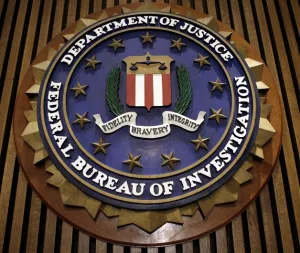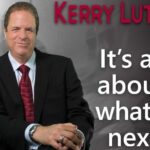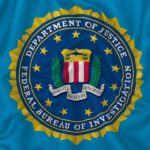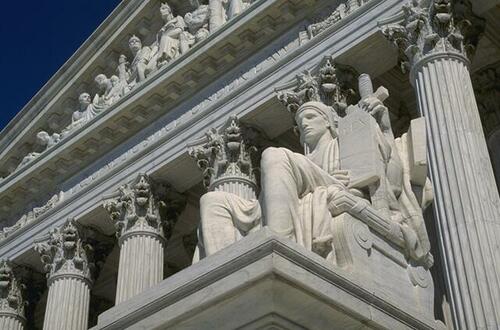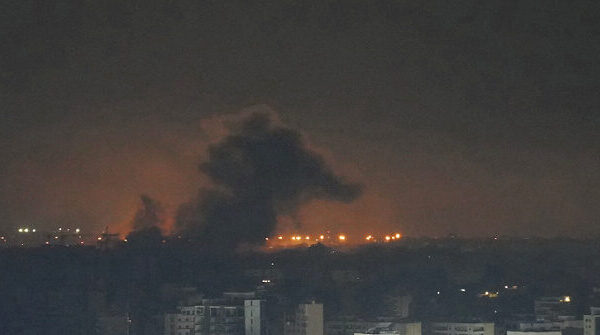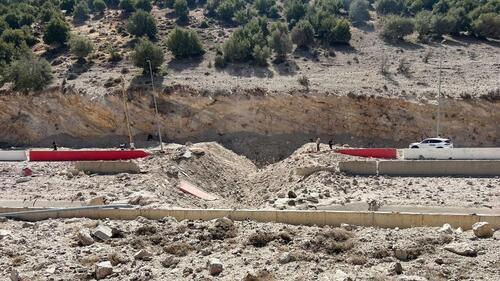Authored by William Jeynes via RealClearEducation,
Recently, I was on a 3-person panel discussion and debate at Harvard University’s Kennedy School of Government. We were asked to address the question of whether religious charter schools are constitutional. We also shared how we thought the U.S. Supreme Court would rule. This issue has risen to the forefront of educational debate largely because of the U.S. Supreme Court Carson v. Makin (2022) case and an effort in Oklahoma to found a religious charter school, St. Isadore of Seville Catholic Virtual School
In 2023-2024. However, one should note that these developments did not launch the momentum to rule in favor of religious charter schools, but they built on earlier debates and statements from prior cases including Justice Stephen Breyer’s question in the Espinosa vs. Montana Department of Revenue (2020) case, asking about religious charter schools. Bill Clinton’s speech in 1995 in Vienna, Virginia stating that past U.S. Supreme Court decisions regarding faith were misinterpreted has also played an important role in the debate on religious charter schools.
The Carson v. Makin (2022) case, based in Maine, played a major role in increasing the momentum for religious charter schools. In that case, the state of Maine had provided vouchers for a good number of parents who desired to send their children to non-religious private schools. In contrast, however, Maine’s government did not provide these vouchers for parents who wished to send their children to religious private schools. In a decision penned by Chief Justice Roberts, the U.S. Supreme Court voted 6-3 that the Maine voucher program was unconstitutional because it discriminated against faith-based schools.
As important as the Carson v. Makin (2022) case is, there remain three issues that the U.S. Supreme Court needs to address in any decision on the constitutionality of religious charter schools. First, are religious charter schools constitutional? Second, to what degree may state governments impose restrictions on religious private schools that may inhibit their religious freedoms or beliefs? For example, Adam Frey, the Attorney General of Maine, clarified the state of Maine’s policy following the Carson v. Makin (2022) decision. Frey declared that in order for any private school to participate in the voucher program, it had to agree to follow Maine’s Human Rights Act. The question that the U.S. Supreme Court needs to answer is to what extent states may initiate such actions. How far is it legally permissible for them to go? Where does one draw the line?
The third issue that the U.S. Supreme Court must address is that it needs to determine whether those who run charter schools are state or private actors. This is because the vast majority of people who run charter schools are private groups. However, these charters are defined by law as public schools and are supported by tax-payer dollars. If the Court rules that those who operate the charter schools are state actors, then because they must be non-sectarian, religious charter schools will be ruled unconstitutional. However, if the Court rules that charter schools are private actors, then religious charter schools will be ruled constitutional.
The problem is that determining whether those who run charter schools are state or private actors will not be easy. This is because the courts have often disagreed with each other in their conclusions. For example, the Ninth Circuit Court of Appeals in 2010 (in Caviness v. Horizon Community Learning Center), determined that charter schools were private actors when it came to firing educators. That is, no state hearings were necessary. The case is likely particularly salient, because it cited a U.S. Supreme Court case, Rendell-Baker v. Kohn (1982). This case involved a private school that was very similar to a charter school. It was created to help kids really struggling in school and received about 90% of its funding from the government. The U.S. Supreme Court also found the school to be a private actor in the case of an employee being fired. The Court might view the Rendell-Baker v. Kohn (1982) case as the pivotal one in terms of helping establish precedent for its eventual decisions on religious charter schools, in part because it is a U.S. Supreme Court case. However, in a 2022 Fourth Circuit Court of Appeals case (Peltier v. Charter Day School), regarding school dress codes, the ruling was that those who ran charter schools were state actors.
Whether the Court will utilize the St. Isadore of Seville Catholic Virtual School case to address these issues or wait for a future case remains to be seen. Nevertheless, given that Carson v. Makin (2022) and Justice Breyer’s 2020 statement have brought this issue to the forefront, one can foresee a scenario in which one may not have to wait long.
During the panel discussion, I opined that the U.S. Supreme Court will likely eventually rule that religious charter schools are constitutional. I did not give a precise timeline regarding when such a ruling might take place. Nevertheless, the other two academics on the panel agreed with my prediction, one of whom was a well-seasoned Harvard law professor.
Almost as salient as the issue of whether religious charter schools are constitutional is the context the U.S. Supreme Court establishes in their decision. The U.S. Supreme Court will either provide a narrow context for its decision or a broader one. An example of a narrow context would be declaring that religious charter schools are constitutional, but the Court will leave it up to the states to determine the degree of implementation. An example of a broader context would be if the U.S. Supreme Court decides that if a state has charter schools, it must at least offer the possibility of having religious charter schools.
Whatever the Court decides, it will have a substantial long-term impact on schools and society. If the court decides that religious charter schools are constitutional, one result is that will like give families more options in terms of choosing schools for their children. According to David Tyack in his book, The One Best System, the American system of schooling is far too monolithic and the historical trend toward increased centralization is not consistent with the nation’s diversity. In the next several years the nation will discover whether the U.S. Supreme Court agrees.
